



Large (and heavy) snapped slabs of brown stone, quarried near Oneonta, AL, is what I used to form my step treads for this converted mulch to stone path on Lake Martin, near Alexander City, AL. Each slab was about 40" by 14" by 3" to 4" thick, giving the overall look of the project a "solid" appeal. I decided to make the riser heights just under 6" and that made traversing the incline easy and gave the project the look I was after. In between each snap stone step are lengths of Alabama brown flagstone walkway...the width is a consistent 40", same as the step treads. Beige mortar was used in the mortar joints for continuity. Finally, moss rock was the stone of choice for what remained of the risers. The use of darker moss rock was a subtle attempt to break up the shades of brown in the step treads and flagstone.

Note: What you don't see is the hand excavation, the relentless tamping, and the ample amounts of gravel, concrete and rebar that was used under the ornamental stone to make this pathway reliable. Also, there was plenty of consideration given to where steps were placed and how to incorporate the curves and gradations along the length of the pathway.
Additional Note: It is quite interesting to watch large stone being snapped at the quarry. A large piece of stone (for instance, it could be say... 4' by 7' by 4" thick) is placed on a table with heavy duty rollers and the size being ordered is marked off. Then the stone is placed under hydraulic splitters where they are slowly lowered until the slab is broken off at the desired dimensions. It's a much better look, for certain applications, than cut stone.

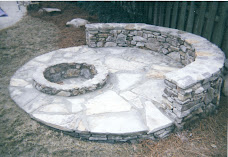



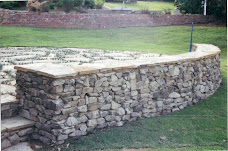


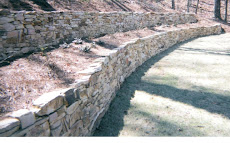






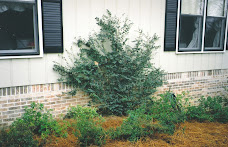
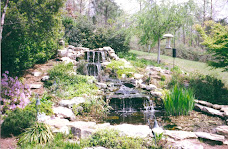
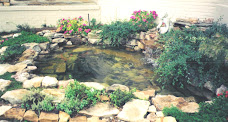




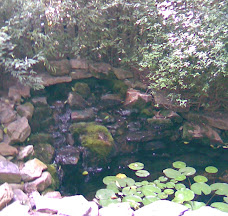





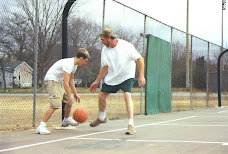
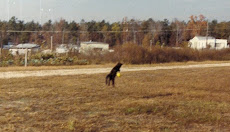
No comments:
Post a Comment